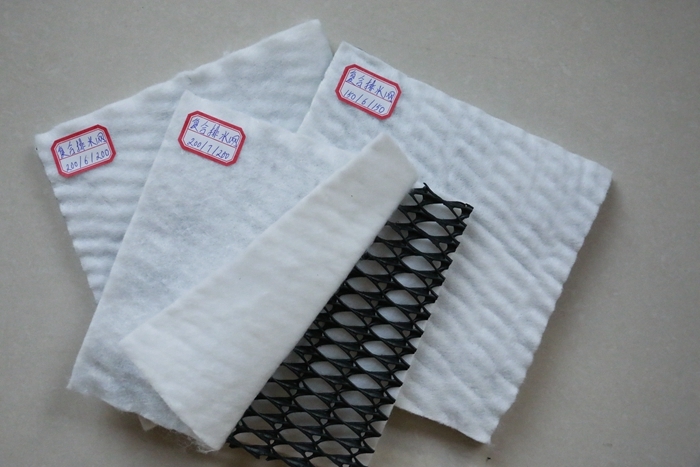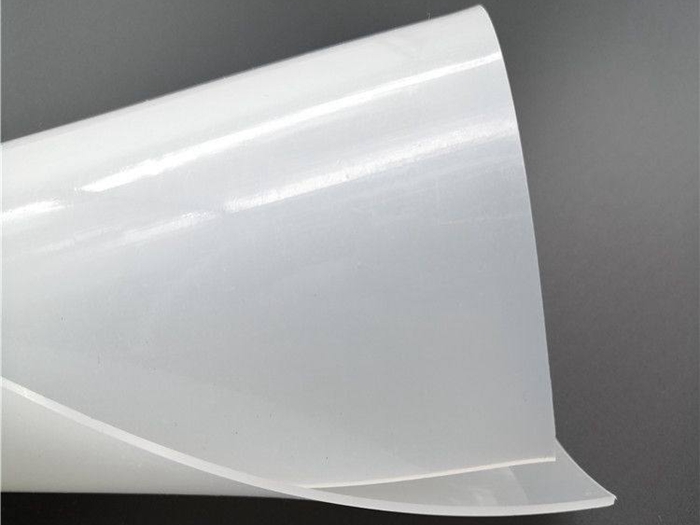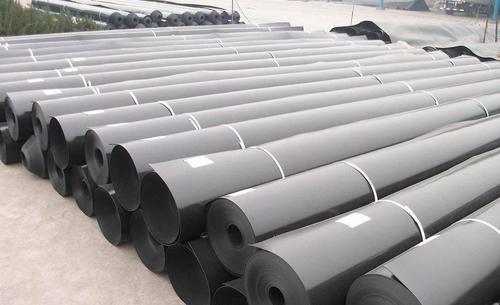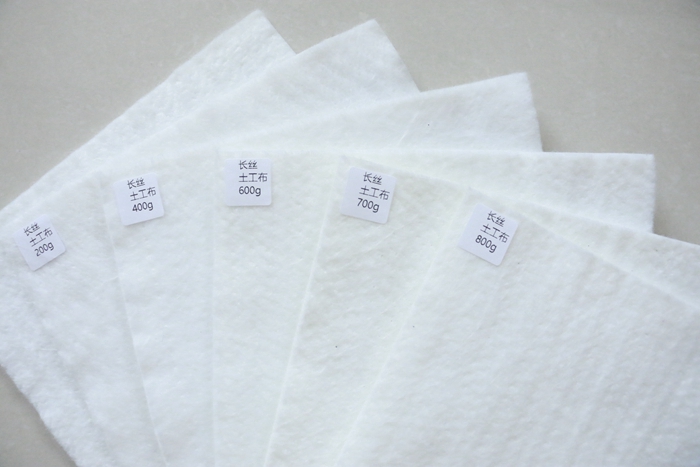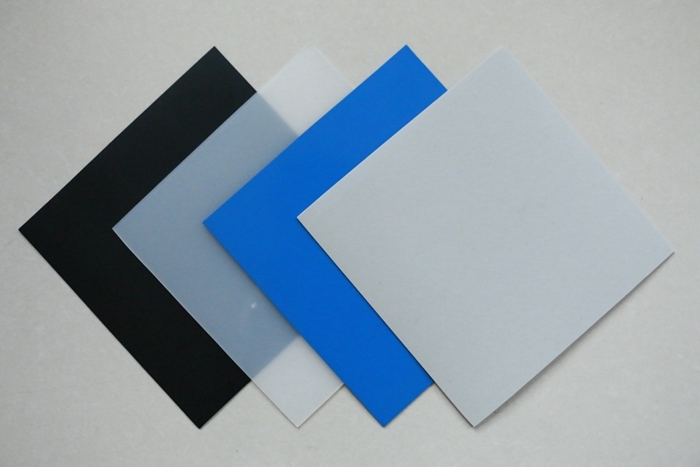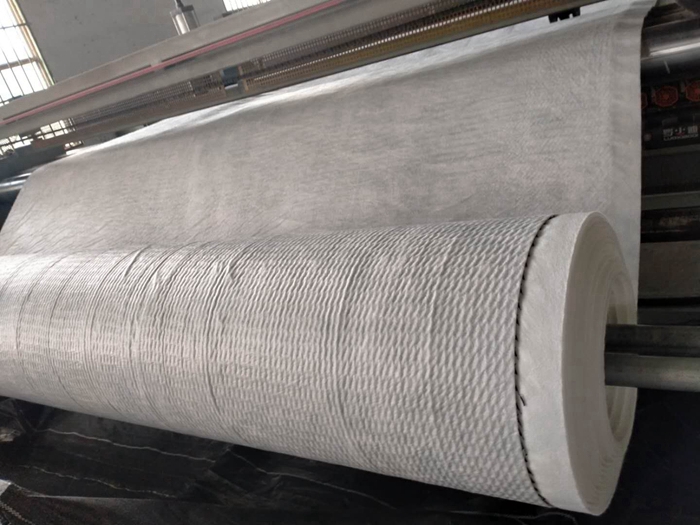
Product Introduction:
The composite drainage network is made of three-dimensional geotextile with double-sided adhesive geotextile, which combines geotextile (filtration effect) and geotextile (drainage and protection effect), providing a "filtration drainage protection" effect. The three-dimensional structure of the composite drainage network core can withstand high compressive loads throughout its use, maintain a considerable thickness, and provide good water conductivity.
Action characteristics:
1. It is laid between the foundation and the foundation, used to drain accumulated water between the foundation and the foundation, block capillary water, and effectively integrate into the edge drainage system. This structure automatically shortens the drainage path of the foundation, greatly reduces the drainage time, and can reduce the number of foundation materials used (i.e., materials with multiple fines and low permeability). It can extend the service life of the road.
2. Laying a drainage network on the sub base layer can prevent the fine materials from entering the sub base layer (which also serves as isolation). The aggregate base layer will enter the upper layer of the geotextile to a limited extent. In this way, the composite geotextile drainage network also has a potential effect of limiting the lateral movement of the aggregate base, in which its function is similar to the reinforcement effect of the geogrid. Generally speaking, the tensile strength and rigidity of composite geotextile drainage networks are superior to many geogrids used for foundation reinforcement, and this limiting effect will improve the support capacity of the foundation.
3. After the road ages and cracks form, most of the rainwater will enter the section. In this case, the drainage network is directly laid under the road surface, replacing the drainage foundation. The drainage network can collect water before it enters the foundation/subbase layer. Moreover, a layer of film can be wrapped at the bottom of the drainage network to further prevent water from entering the foundation. For rigid road systems, this structure allows for the design of roads with a higher drainage coefficient Cd. Another advantage of this structure is that it may enable the concrete to hydrate uniformly (research on the degree of this advantage is ongoing). This structure can extend the service life of both rigid and flexible road systems.
4. In northern climate conditions, laying drainage networks can help alleviate the impact of frost heave. If the freezing depth is very deep, the geotextile can be laid at a shallower position in the foundation as a capillary blockage. In addition, it is often necessary to replace the granular subbase layer with one that is not prone to frost heave, extending downwards to the freezing depth. The backfill soil that is prone to frost heave can be directly filled onto the drainage network until it reaches the ground level. In this case, the system can be connected to the drainage outlet, allowing the groundwater level to be at or below this depth. This can potentially limit the development of ice crystals, and during spring ice melting in cold regions, there is no need to restrict traffic loads.


